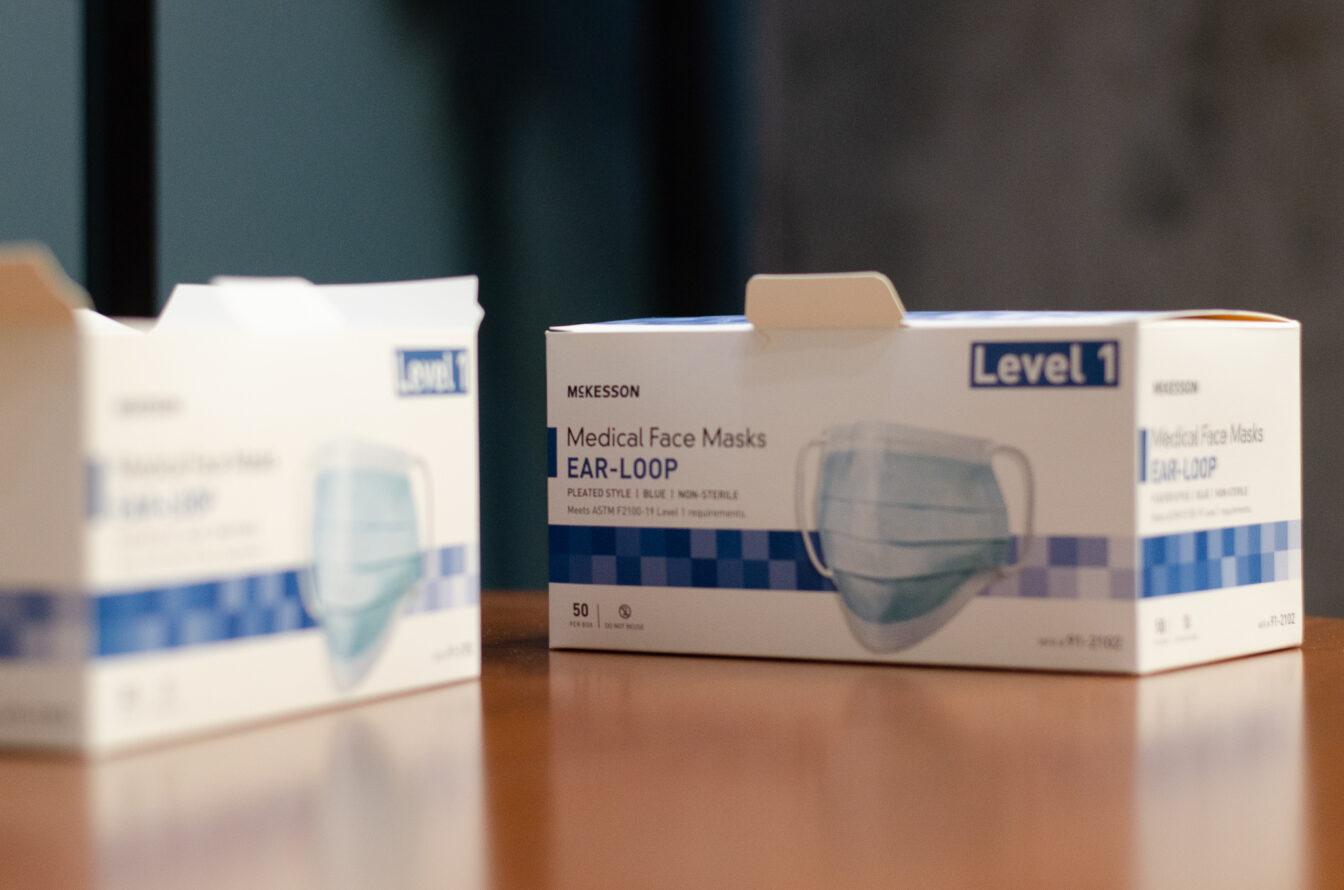Before the start of this school year, University of Wisconsin Veteran Services Coordinator Joe Rasmussen encouraged out-of-state veterans to look at other Big 10 schools because enrolling in Madison was too expensive.
UW’s under-participation in the Yellow Ribbon program, a military compensation service to help cover tuition costs for student veterans at the partial expense of the university, made UW too expensive for out-of-state veterans.
However, in a decision announced mid-May, the campus increased funding for its participation in the program, making 21 new grants available and increasing the number of grants from 39 to 60, UW Provost and Vice Chancellor for Academic Affairs Paul DeLuca said.
The Yellow Ribbon program was created under the GI Bill and is a way for out-of-state veteran students to cover gaps in tuition that the bill leaves. Under the bill, the military will pay the maximum in-state tuition level for a single student, DeLuca said. According to the program’s website, this leaves the remainder of the tuition cost to the veteran if they are attending a school out-of-state.
However, if a university decides to participate in the program, funds are made available to cover half that gap while the other portion is provided as a matching grant by the military, the website said. The program provides direct payments to the university for tuition, paired with an allowance and stipend for housing and textbooks, the website said.
“Before the increase … I would explain what residency for tuition purposes means to an out-of-state veteran and encourage them to look at other Big 10 schools,” Rasmussen said.
UW was previously under-participating in the Yellow Ribbon program relative to the rest of the Big 10, DeLuca said. With these changes, the university hopes to be in the “middle of the pack,” DeLuca said.
“We have a moral obligation on the part of the institution, these people put themselves in harms way for us,” DeLuca said.
This increase in grants will be available to a variety of out-of-state veteran students, with most going to UW’s undergraduate programs and 10 grants allotted for graduate and law school students, DeLuca said.
Many out-of-state veteran students grew up in Wisconsin and return after their service, DeLuca said. A change in residency status is often a result of living in another state as part of their service, he said.
“A kid could spend their first 18 years of life here and still not get the in-state tuition rate [after their military service],” DeLuca said.
Participation in the Yellow Ribbon program will cost UW just less than half a million dollars a year to maintain, DeLuca said. This is an increase from approximately $250,000 in previous years, he said.
UW is also working to increase its accessibility to veterans with the soon-to-open Veterans Service and Military Assistance Center, Rasmussen said. The center is a new form of assistance for veterans on campus and will particularly help them address any financial situations they may face.
“This new space will give veterans a point of contact with financial aid as well as provide another office space for visiting Veteran Affairs officials,” Rasmussen said.













